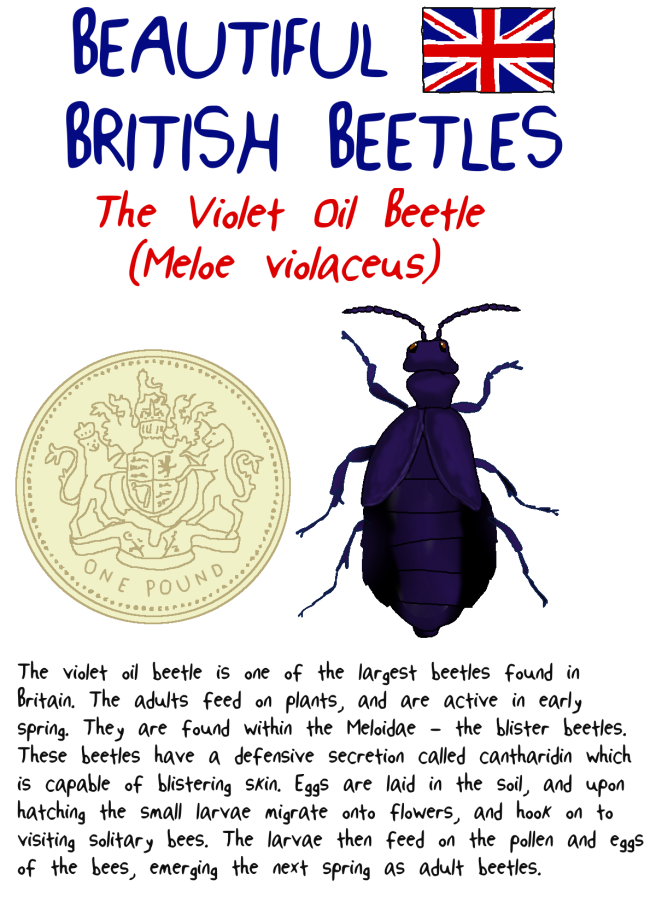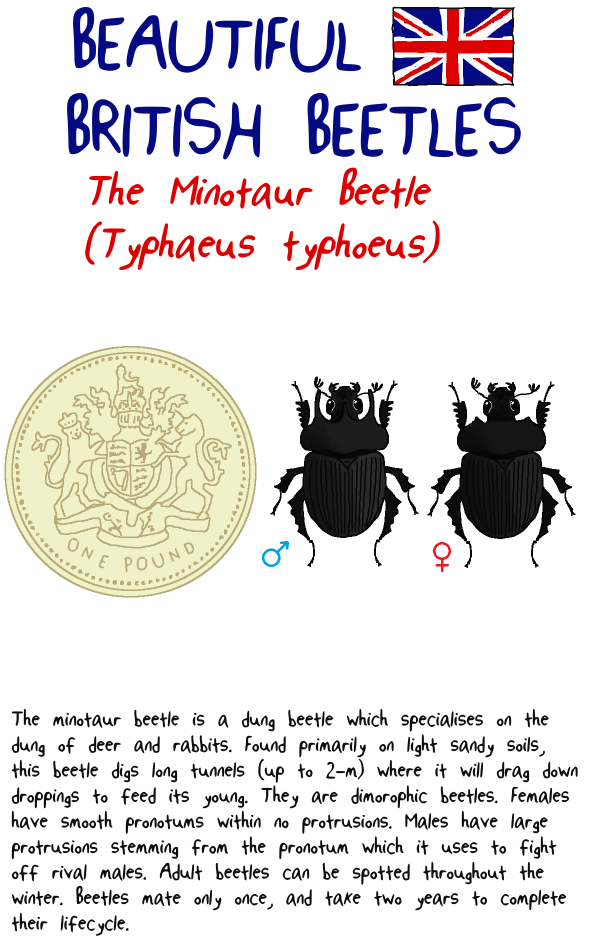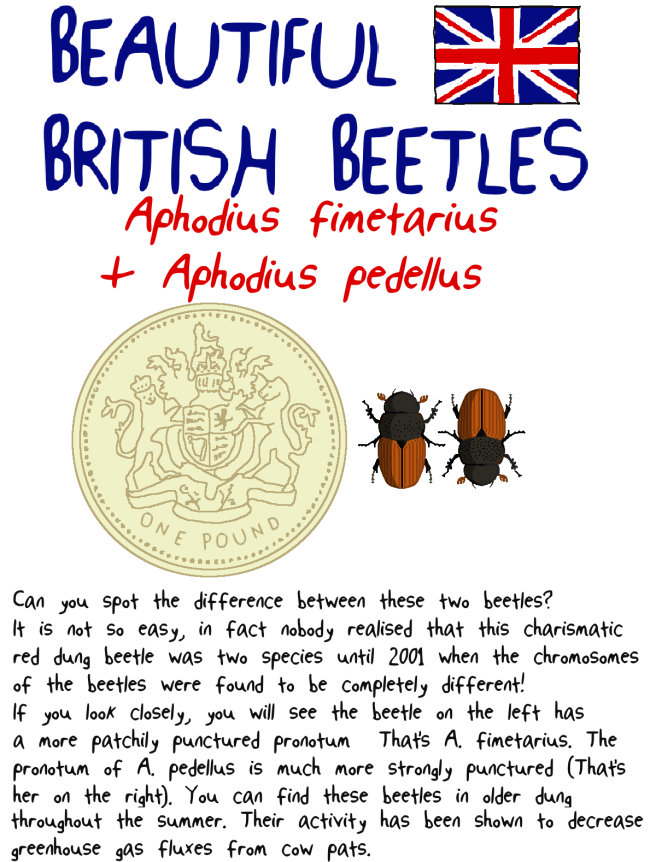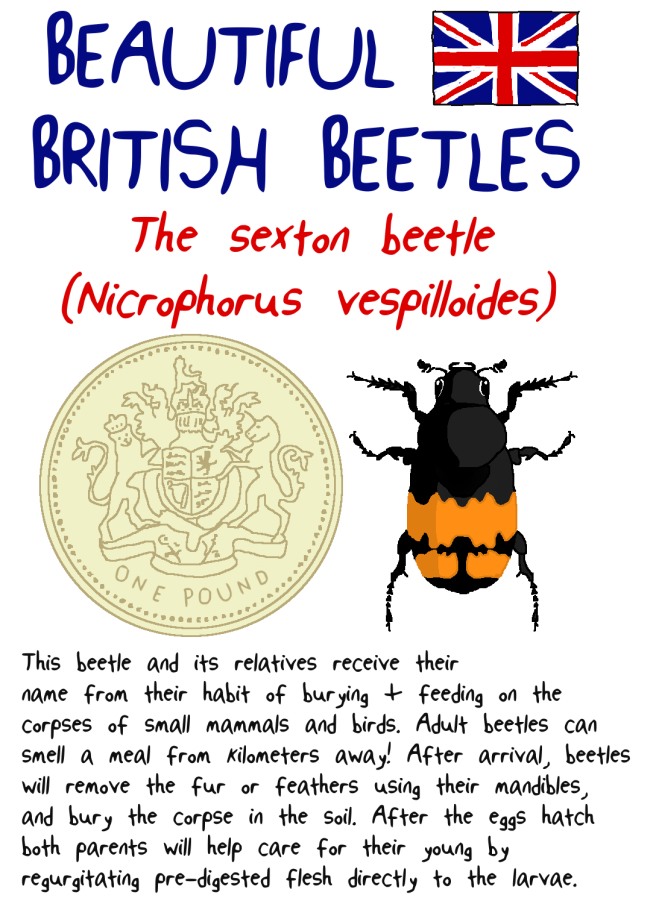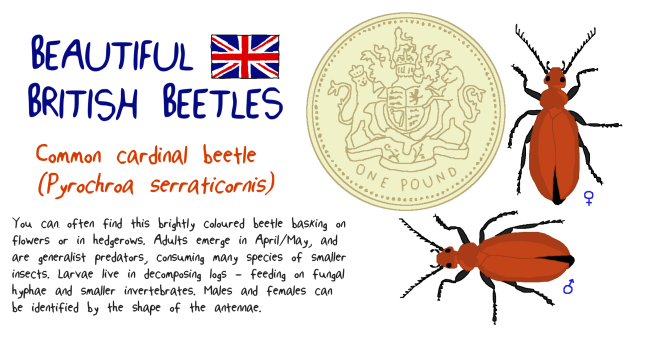 As summer starts kicking into high gear in the United Kingdom, these graceful beauties can be found on the wing. A shocking scarlet, cardinal beetles get their namesake due to their colourful resemblance to the vestments of cardinals (no surprises there). For your strange insect fact of the day, a report from 2000 describes a male P. serraticornis feeding on cantharadin secrections from an oil beetle.
As summer starts kicking into high gear in the United Kingdom, these graceful beauties can be found on the wing. A shocking scarlet, cardinal beetles get their namesake due to their colourful resemblance to the vestments of cardinals (no surprises there). For your strange insect fact of the day, a report from 2000 describes a male P. serraticornis feeding on cantharadin secrections from an oil beetle.
Cardinal beetles are generalist predators, chowing down on a wide variety of small invertebrates. They also occasionally take pollen. Their larvae live within decomposing wood, feeding on fungal hyphae and small invertebrates.
There are a couple species of beetles in the UK which are similar. Two rarer types of cardinal beetle can be found. The Black-headed Cardinal beetle (Pyrochroa coccinea), is slightly larger and is a deeper blood red. Finally, the Scarce Cardinal beetle (Schizotus pectinicornis) has a black head like P. coccinea but is only about half the length. It is rare, with an extremely local distribution.
References:
Nardi, G., Bologna, M.A., 2000. Cantharidin attraction in Pyrochroa (Coleoptera: Pyrochroidae). Entomol. News 111, 74–75.
The Wildlife Trusts., 2015. Red Headed Cardinal Beetle. http://www.wildlifetrusts.org/species/red-headed-cardinal-beetle


